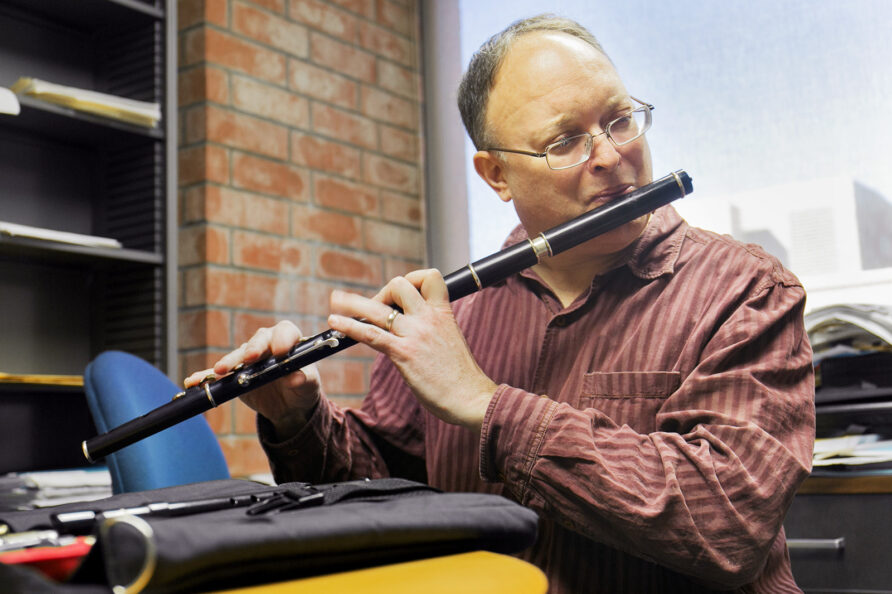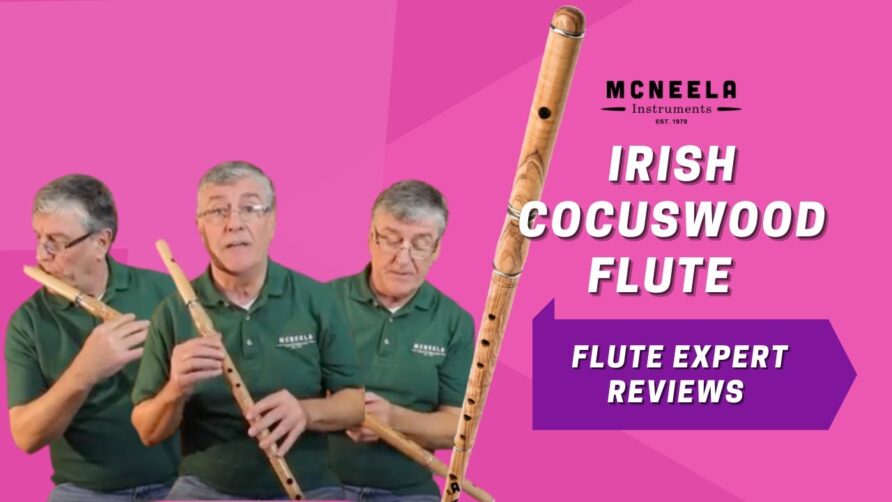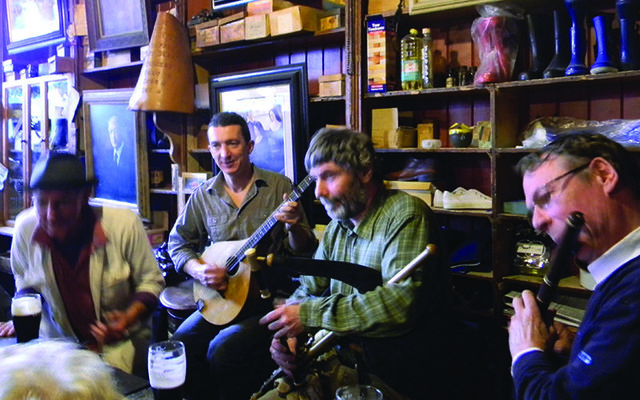Irish flute music is a traditional folk form with its roots in Roscommon, Sligo, Leitrim, and Fermanagh in western Ireland. Flute players from these counties possess an extraordinary style which distinguishes themselves from those found elsewhere across Ireland.
Conal O Grada
Conal O Grada is an innovative flute player from Cork who has become widely respected over the past decades for taking traditional Irish elements and turning them into his signature style, instantly recognisable to listeners worldwide. He has recorded two albums to date – The Top of Coom (1990) and Cnoc Bui (2008) both receiving high accolades from music critics worldwide.
Experienced teacher, he has taught at events like Willie Clancy Summer School and Catskills Irish Arts Week. Additionally, his book on flute-playing entitled ‘An Fheadog Mhor Irish Traditional Flute Technique’ received critical acclaim.
O Grada has had an enormous influence on many musicians, most notably Cork-based fiddler David Sheridan who collaborated on O Grada’s album Millhouse Measures released in 2011. Furthermore, he enjoys longstanding ties to Offaly fiddler Benny McGlynn of Danu fame who formed The Raw Bar Collective alongside O Grada at 2011 Ennis November Trad Festival and performed with O Grada as The Raw Bar Collective.
Seamus Tansey
Born in Gurteen, Sligo in 1943, Seamus Tansey took up the tin whistle before picking up his first flute in 1961. By 1965 he had won the All Ireland Fleadh at Thurles and recorded five albums (one with Eddie Corcoran), becoming an inspiration to future generations of flute players.
Robin Morton encouraged him to record, which resulted in an excellent album featuring Scottish fiddler John McCusker on keyboards, guitarist Tony McManus and harpist Alison Kinnaird – and makes for hard listening without smiling!
Catherine McEvoy
Catherine McEvoy is an exceptional flute player rooted in the music of Roscommon County, Ireland. She is an established performer and teacher, providing tutoring at both Willie Clancy Summer School in Milltown Malbay and Catskills Irish Arts Week in New York.
At an early age, she taught herself the flute on her own without instruction from anyone other than her mother and brother John – an accomplished fiddle player both in Ireland and England – who both greatly influenced her early musical development.
As a child, Catherine spent much of her time listening to recordings and tapes of traditional musicians that her father had brought back from his travels across Europe. These recordings had an enormous effect on Catherine as she developed musically as she grew older.
Fintan Vallely
Fintan Vallely has extensive experience playing flute in Irish traditional music and writing about this tradition, having written multiple books on this topic as well as an outstanding tutor book for this instrument. He is one of many authors that specialize in this instrument’s development as an Irish traditional musical tradition.
Merrijig Creek showcases his keen ability to write new tunes, with many pieces featuring reflective or semi-improvised qualities that may surprise listeners of solo traditional Irish music albums.
On this recording he explores fifteen distinct tune-types across thirty sets of solos and duets, featuring rich drones from his uilleann pipes and rhythm provided by an historic tambourine. Older song-airs and laments, local jigs and reels, popular dance forms like quickstep and barndance as well as continental rhythms like polka and mazurka as well as Scottish highland songs are explored as part of this endeavour.





